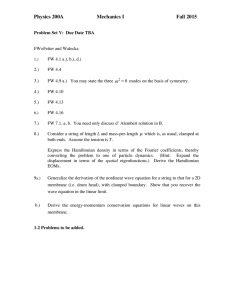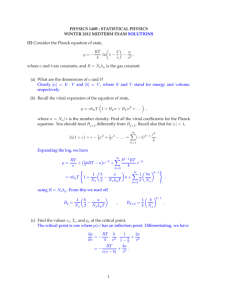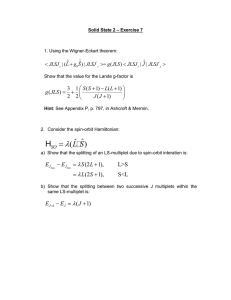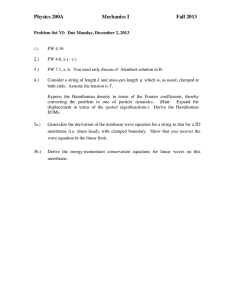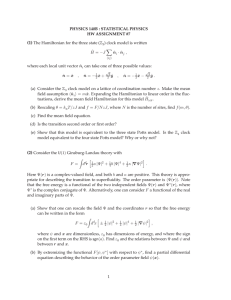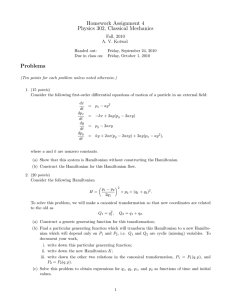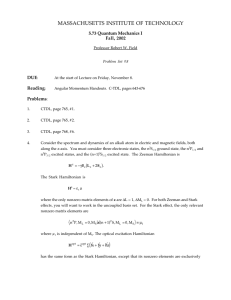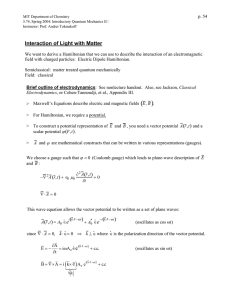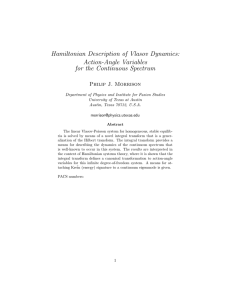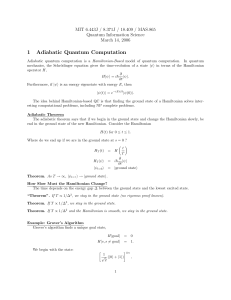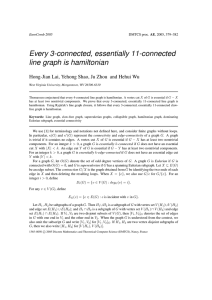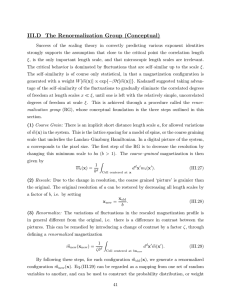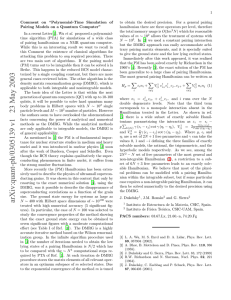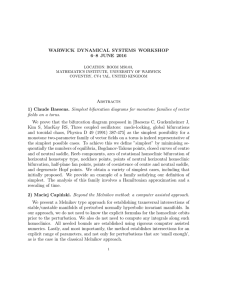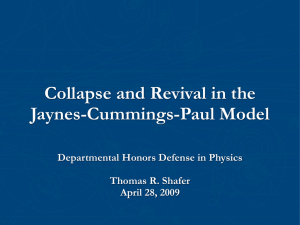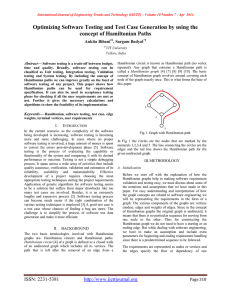Negative Energy Transitions to Instability in Continuum Models of Matter Dynamics
advertisement
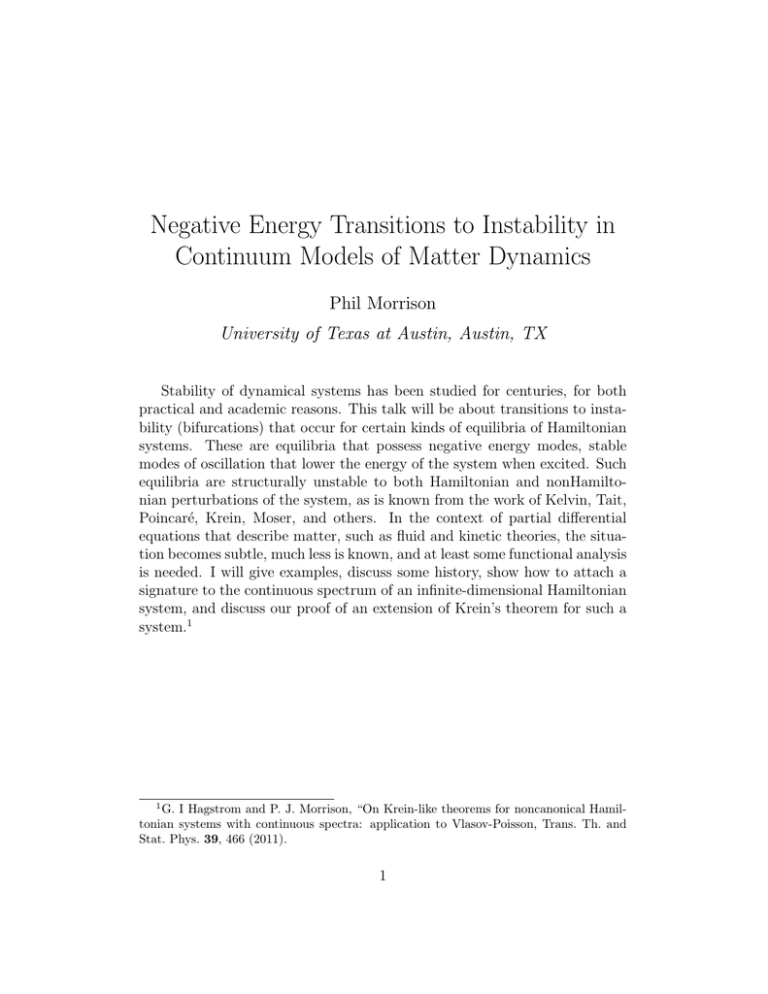
Negative Energy Transitions to Instability in Continuum Models of Matter Dynamics Phil Morrison University of Texas at Austin, Austin, TX Stability of dynamical systems has been studied for centuries, for both practical and academic reasons. This talk will be about transitions to instability (bifurcations) that occur for certain kinds of equilibria of Hamiltonian systems. These are equilibria that possess negative energy modes, stable modes of oscillation that lower the energy of the system when excited. Such equilibria are structurally unstable to both Hamiltonian and nonHamiltonian perturbations of the system, as is known from the work of Kelvin, Tait, Poincaré, Krein, Moser, and others. In the context of partial differential equations that describe matter, such as fluid and kinetic theories, the situation becomes subtle, much less is known, and at least some functional analysis is needed. I will give examples, discuss some history, show how to attach a signature to the continuous spectrum of an infinite-dimensional Hamiltonian system, and discuss our proof of an extension of Krein’s theorem for such a system.1 1 G. I Hagstrom and P. J. Morrison, “On Krein-like theorems for noncanonical Hamiltonian systems with continuous spectra: application to Vlasov-Poisson, Trans. Th. and Stat. Phys. 39, 466 (2011). 1





